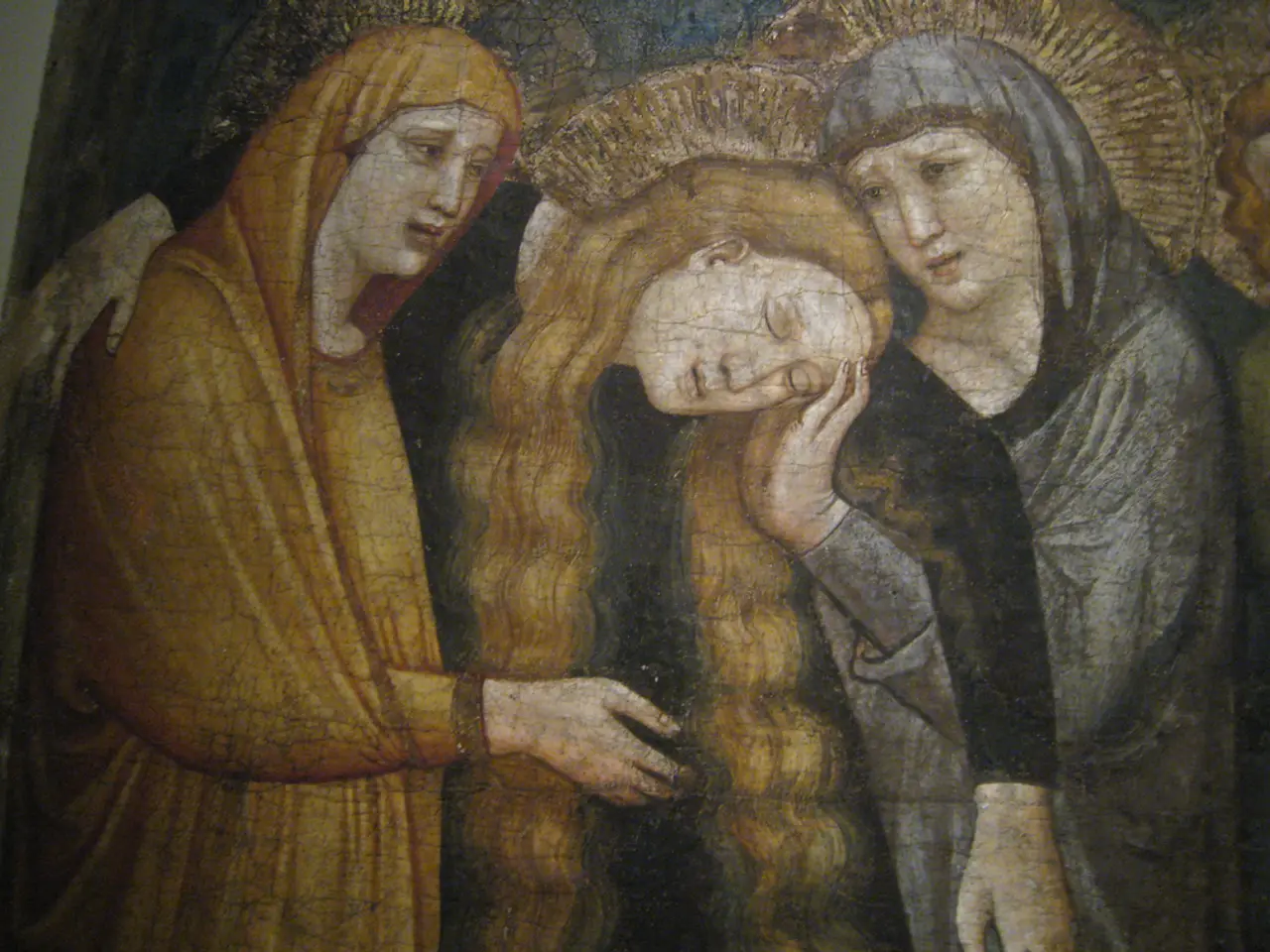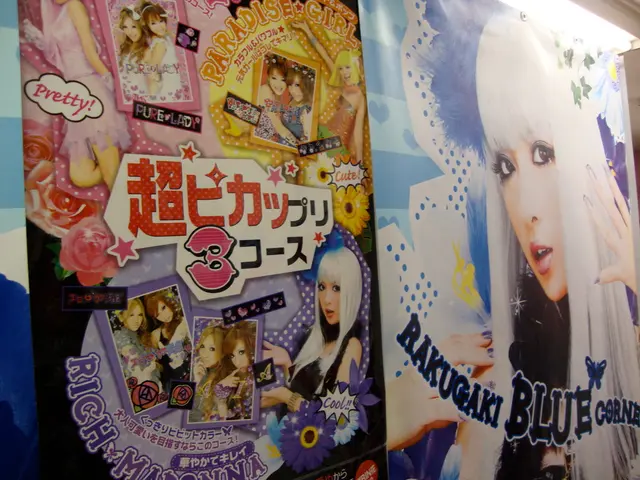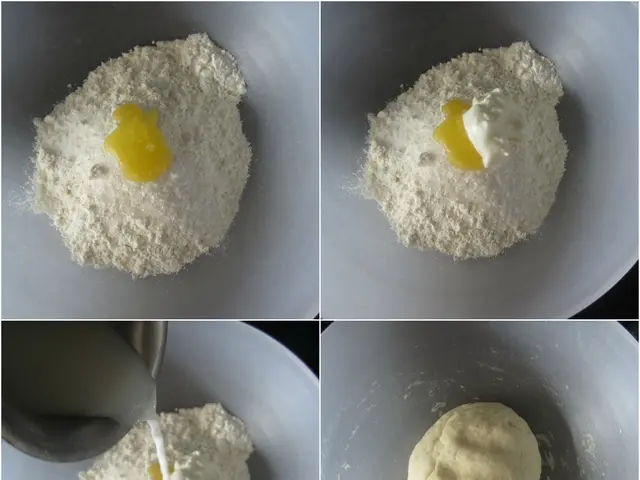Exploring Again: The Impact of Repeated Patterns on the Human Brain
In the digital realm, the game 'Spot the Difference' has sparked a conversation about the nature of repetition. The images in this game, while similar, are often considered repetitions if they share a great deal of likeness. This concept of repetition, it seems, is not exclusive to the world of online games.
Human beings, it appears, are hardwired to detect both identical and identical but with a 'comparatively limited difference' repetitions. This ability, according to philosopher and psychologist William James, is discussed in his book 'The Principles of Psychology, Vol. 1'. James' work delves into the perception of likeness and difference, suggesting that this ability is fundamental to our very nature.
Infants, too, demonstrate this innate ability. A sound that initially evokes fear can, upon repetition, transform into a source of interest, suggesting a hard-wired self-monitoring baby monitor. This principle is not limited to auditory stimuli; it extends to visual and other sensory experiences as well.
The ability to make rhyming judgments, for instance, is based on the same 'same/except' kind of repetition. In poetry, this repetition takes the form of end-rhyme, such as in the example 'I am searching for a rhyme / To spice this couplet. Let's say, thyme.' This form of repetition has been a staple of poetry for centuries, with the English rhyming poem dating back to the 10th century.
However, not all great works of art rely on rhyme. John Milton, in his poetic masterpiece 'Paradise Lost', did not use rhyme. Yet, he retained metricality, another form of repetition. Artists like Andy Warhol, with his series 'Campbell's Soup Cans', and Roni Horn, who pairs photographs of the same but not quite identical face, have used the principle of repetition in their works to enrich the experience of the artwork.
The pleasure derived from repetition, it seems, is a universal experience. It is the glue that makes the label of a safe environment stick. Psychologist Robert Zajonc, in his 1968 article describing the 'Mere Exposure' phenomenon, stated that repeated exposure to a stimulus object enhances an individual's attitude toward it. This pleasure in repetition is evident in games like 'Spot the Difference', where the pleasure lies in detecting the differences.
In the works of artists from the Thikwa Workshop for Theater and Art, this principle is used to enrich the experience of the artwork through the introduction of pleasure. The repetition in their works serves to make the artwork more engaging and enjoyable, creating a cohesive and immersive experience for the viewer.
From games to art, from infants to philosophers, the power of repetition is a universal and enduring aspect of human experience. It is a testament to our innate ability to perceive likeness and difference, and to find pleasure in the act of detection. Whether it's in a game of 'Spot the Difference' or in the halls of a museum, the power of repetition continues to captivate and engage.
Read also:
- Setting Up and Expanding Operations at a Soil Blending Facility
- Regional University's healthcare system strengthened through collaborative partnership with Chancellor Dr Fiona Hill
- Reminisced University Trustee David M. Flaum as a 'fervent advocate' for the University and community
- Creating Snack Options for Toddlers that Encourage Nutritional Balance








